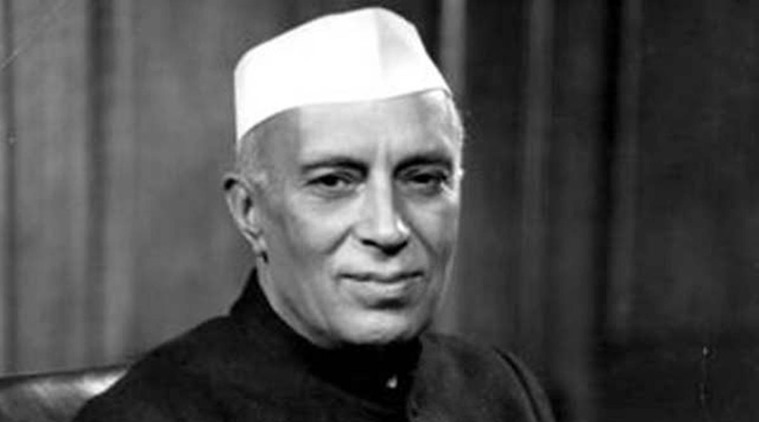
“The forest in Shanthi Teacher’s classroom” on Ruralindiaonline.org >>
More about Tribal elders & Women >>
Success stories >>
“National development and the development of tribal communities are linked to each other” – Droupadi Murmu | Learn more >>
“Tribal communities are a standing example of how women play a major role in preservation of eco historic cultural heritage in India.” – Mari Marcel Thekaekara (writer and Co-Founder of ACCORD-Nilgiris) | Learn more >>
“When you are leaving 60 percent of the people behind, you cannot have the ambition to be an economic power.” – Poonam Muttreja (Executive Director of the Population Foundation of India) >>
“Women and girls are disproportionately affected by modern slavery. As they transition through childhood, adolescence and adult life, the impacts of discrimination multiply and gender inequality grows.” – Walk Free Foundation | Learn more >>
“There is no social bias against women in tribal communities such as there exists among the middle castes, especially landed ones. Women can ask for a divorce, and in many communities, money is paid to the girl’s family at the time of marriage.” – Abhay Bang, the award-winning doctor and social activist from Gadchiroli in Maharashtra | Learn more >>
Watching tribal dancing live and up close is a hugely different experience from watching it on telly. For the 40-strong Gudalur adivasi group, recently invited by the Central University of Jharkhand to the Tribal Cultural Festival in Ranchi, the face-to-face with similar groups from all over India was mind boggling. For over 25 years, Stan (my husband) and I have explained to our adivasi friends in Gudalur that although they are a tiny minority in south India, there are entire states which are completely adivasi. Most people from rural India know little about the rest of the country, since books and pictures are not a part of their lives. It’s difficult to imagine how isolated people are. Poverty does not permit travel. The school curriculum is basic – if you’ve gone to school all. [….]
Even for those of us who’ve watched tribal dances on telly, the experience of being at the Tribal Cultural festival, a few feet away from Naga people (from northeast India) performing the Hornbill dance, or younger Nagas doing the cockfight, was surreal. That’s India. We in the south have so little contact with the northeast; even the average educated, Indians are totally ignorant about the landscape, the people, customs and geography.
The Naga people were colourful in glorious reds. They were majestic, their movements mesmerizing. The older people had faces full of character and wisdom, like some ancient, archetypal paintings. When they started dancing there was a hushed silence, although the open-air audience comprised hundreds of spectators, including little children. There were Manipur and Arunachal people too, also from the northeast. And their dances had a different rhythm and beat from the adivasis of central India, who have much in common with the southern adivasis. Santhals, Hos, Mundas and Oraons: our Jharkhand hosts were out in full force. As were people from Orissa and Bengal.
For the Gudalur group we were with, it meant being able to understand finally, that they are part of an enormous ancient heritage spread all over India. As well as all over the world. For the first time, they could see with their own eyes that the word adivasi, first introduced to them by Stan 28 years ago, was real. Here were people speaking different languages, unintelligible to each other, yet with a commonality that was immediately apparent. […]
There was an academic part to the festival too, criticized because of the dominance of non-adivasis. But for adivasis, seeing Dr Khathing, a northeastern tribal person, as Vice Chancellor was another plus. […]
In the background loomed the sombre crisis of adivasis all over India being pushed to the brink, annihilated, as governments and mining companies usurp their land in the name of development. The stories are gut-wrenching. It was hard to put that fact out of my mind as the dance went on. […]
Source: “Jharkhand – an adivasi extravaganza” by Mari Marcel Thekaekara (The New Internationalist, 13 November 2012)
Address: https://newint.org/blog/2012/11/13/tribal-dance-festival-adivasi/
Date Visited: 4 September 2021
Nehru was fascinated by the spontaneity of tribal culture and their capacity of joy and heroism in spite of their appalling poverty, destitution, and ignorance. […] In Nehru’s view, the process of modernization must not be taken as forcing a sudden break with the tribals past but help them build upon it and grow by a natural process of evolution.
Dr. Chittaranjan Mishra in “Tribal Philosophy and Pandit Nehru” (Odisha Review, November 2017) | Learn more >>

Photo © Indian Express
Indigenous people represent only about six percent of the world’s population, but they inhabit around a quarter of the world’s land surface. And they share these regions with a hugely disproportionate array of plant and animal life. According to the UN and the World Bank, about 80 percent of our planet’s biodiversity is on land where indigenous people live.
“There is a need to explore the tribal consciousness in the backdrop of climate change, development, and deforestation.” – Deepanwita Gita Niyogi in “India’s Adivasi Identity in Crisis” Pulitzer Center May 27, 2021 | Learn more about climate change and illegal mining | United Nations on climate change | Find free publications on India’s hunter-gatherers in the Unesco Digital Library >>

What is caused (and not caused) by climate change?
How data can help fight a growing tendency by politicians and journalists to overstate the role of climate change| Learn more or listen here >>
See also
Audio | Santali Traditional and Fusion Songs: Ghosaldanga Bishnubati Adibasi Trust – West Bengal
Crafts and visual arts | Masks
India’s tribal, folk and devotional music: Secular and ceremonial songs
Memory of the World Programme – Unesco
Music and dance | Musicology | Adivasi music and the public stage by Jayasri Banerjee
Video | Banam lutes and fiddles of the Santal people – Jharkhand & West Bengal
Video | Celestial Dancers of Manipur
Video | Cultural traditions of the Halakki people – Karnataka
Video | Khasi musical heritage of Meghalaya
Video | Kota women’s dance: Shivaratri celebrations – Nilgiris – Tamil Nadu
Video | Santali video album “Ale Ato” (Our Village, Part 1 of 2) – West Bengal
Video | South Gujarat tribal music documentation by Bhasha – Gujarat
Video | Tribes in Transition-III: “Indigenous Cultures in the Digital Era”
Video | Safe contents for educational use on many topics (music, visual arts and more)